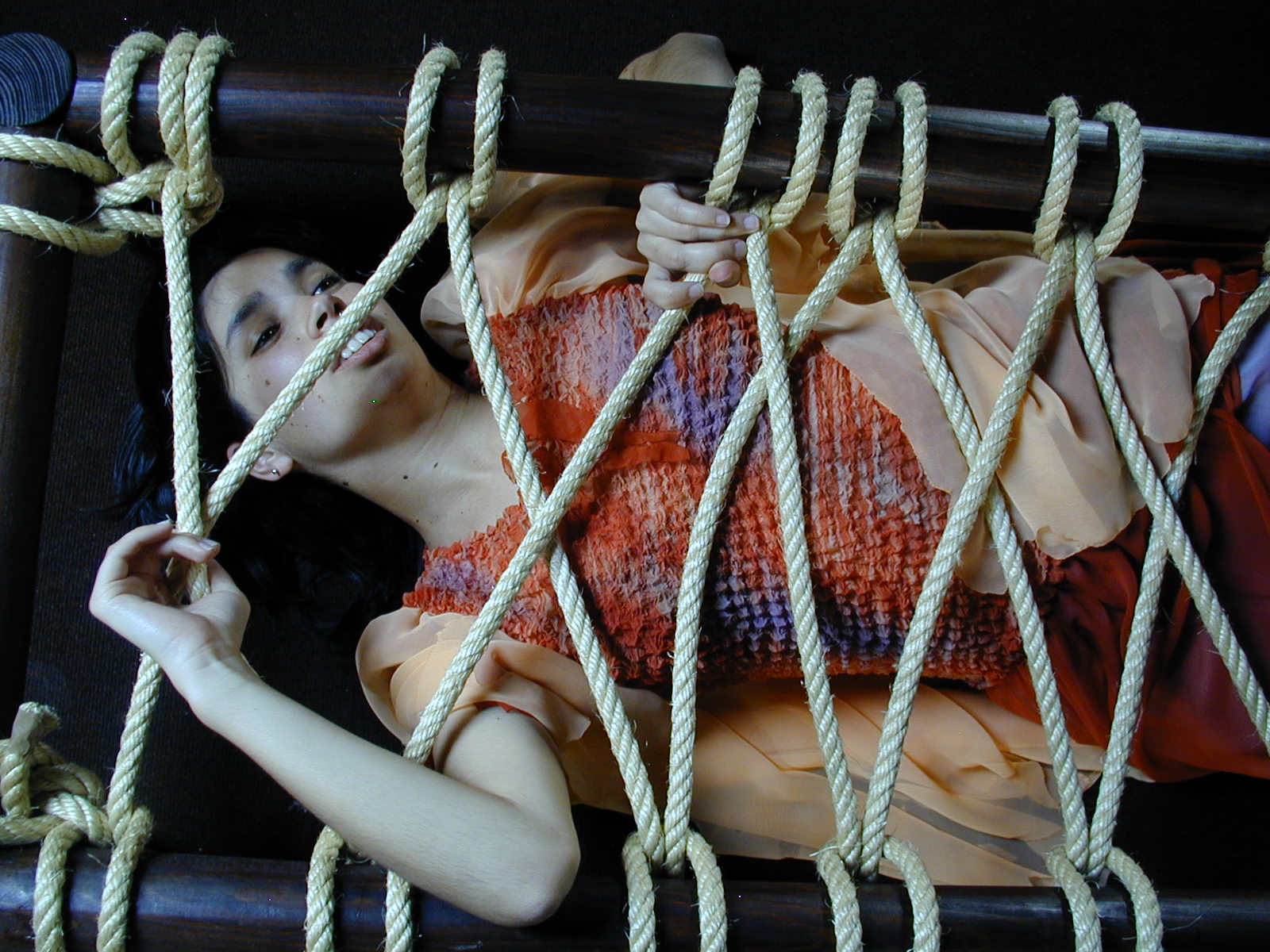“Revolution of the Celestial Bodies” induces a reflection about our position in the universe. It goes back a few centuries to the time we set ourselves in the centre of the world with all the other celestial bodies then known circling around us. A position defended at the time by the Catholic Church, interested in the privileged place that this cosmological vision of the universe placed us, in the centre of God’s attention.
Ptolemy, Copernicus and Galileo traverse with questioning thoughts the few meters of their study, and reveal to us the deepness of their doubts which go beyond the scope of science. These are philosophical, religious, social, political and personal questions related to their cosmological.
In the play, Ptolemy finds a mathematical justification for the central position of the Earth in the centre of the universe, as stated by Aristotle, and falls asleep satisfied with his conquer. It’s a 14 centuries sleep with the Earth standing still in the centre.
The fight between the conservative and the free spirits troubles the scientist’s sleep and he wakes in the dawn, tormented, and already as Copernicus. He fights an inner battle between his religious and his scientific beliefs, which demanded the Sun in the centre of the world and the Earth revolving around it. Copernicus ends up placing the sun in the centre and falls asleep exhausted from the battle.
Wakes up as Galileo. The morning is rising. And the scientific and experimental spirit awakens. His telescope pointed at the sky presents new proofs that shatter the geocentric ideas still very present in the XVIIth century and profoundly connected to the Holy Scriptures. The scientist’s fight changes from an inner one to an outer one, and ends with his sacrifice. Galileo is condemned by the Holy Office, accused of being heretic for defending the heliocentric system.
Based upon the lives of these three men, this play traces the evolutions of cosmology and the evolution of man’s view of the world and himself, and joins together theatre and science.
It premiered in December 2001 in Coimbra, in the attic of the Sacadura Botte Palace, headquarters of the Museu Nacional da Ciência e da Técnica, and was on stage from the 10th to the 15th of that month. And, from July 23rd to August 2nd, 2003, the remake of this show was again presented in the attic of the museum’s headquarters, and on October 4th it was performed at the Pavilhão do Conhecimento, in Lisbon, in the scope of the Physics On Stage Festival.
+INFO
National Museum of Science and Technology | Coimbra
10-15 December 2001 | 9:30pm
RESTAGE:
Coimbra | Palácio Sacadura Botte (National Museum of Science and Technology)
23 July to 2 August (except July 27th),2003
TOUR:
Lisbon | Pavilhão do Conhecimento
4 October 2003
Aveiro | University Rectory Auditorium
25 November 2004
[included in the University of Aveiro Science Open Week]
The photographs on this page were taken by Francisca Moreira when the show was restaged at the same venue in July/August, 2003.
Playbill
This work marked the beginning of a project that later became central in Marionet’s artistic research: Art & Science relations. An approach that first aimed to bring Science and Theatre closer together. Hence the importance for us, as a Theatre Company, to share the responsibility of this work with a science institution – Museu Nacional da Ciência e da Técnica – to start this approach from the bottom.
“Revolution of the Celestial Bodies” dives into the evolution of our knowledge about our position in the universe, anchored in the scientific advances delivered by Ptolemy, Copernicus and Galileo Galilei, and questions the personal, social, political, religious and scientific problems they encountered in their search for truth. Questions deeply human, hence wonderfully theatrical, which seldom touch the very first and last question: Who are we?
The search continues today and forever. Who are we? What’s our role? Where was the beginning? And how? Are we alone in the universe? We do have one answer. In the theatre venue, we are not alone. We are a whole, audience and stage, wrapped in a common question mark. An answer inevitably brings some other questions. Is that our role? Questioning and sharing those questions with others? Spreading the questioning? Do we really circle the Sun?
Discussion and Ideas Isabel Rogeiro, Mário Montenegro, Nelson Rodrigues
Playwright and Direction Mário Montenegro
Cast Mário Montenegro (Conservative Spirit), Carla Taipina (Free Spirit), Nelson Rodrigues (Ptolomeu/Copernicus/Galileo)
Wardrobe Lisa Losa
Lighting Design Mafalda Oliveira
Set Design Marionet
Poster Rui Veríssimo
Sewing Cristina Rojão
Carpentry Carlos Figueiredo
Light and Sound Operation Mafalda Oliveira
Executive production Marionet
Co-producers
Marionet | Museu Nacional da Ciência e da Técnica Dr. Mário Silva
With the support of
Câmara Municipal de Coimbra
Rádio Universidade de Coimbra
TEUC – Students Theatre of the University of Coimbra
Acknowledgements
Carlos Fiolhais, Fernanda Rojão, CITAC, Projecto BUH!
- Clipping
- Palácio em memória de Mário Silva [Diário As Beiras]
- Teatro dramatiza Ciência [Diário de Coimbra]
- Palco une teatro e ciência [Diário de Coimbra]
- Marionet apresenta espetáculo [Diário de Coimbra]
- Revolução dos Corpos Celestes [Expresso]
- Cosmologia teatral [Jornal A Cabra]
- "Corpos Celestes" no palacete [Jornal As Beiras]
- "... Corpos Celestes" [Jornal As Beiras]
- "Revolução dos Corpos Celestes" em palco [Jornal As Beiras]
- "Corpos Celestes" no Palácio [Jornal As Beiras]
- Marionet leva à capital teatro... com ciência [Jornal As Beiras]
- Dramatizar ciência no teatro [Jornal de Notícias]
- Galileu em palco [O Primeiro de Janeiro]
- História da cosmologia apresentada em forma de peça de teatro em Coimbra [Público]
- Teatro e ciência à descoberta do papel da humanidade [Público]
- Coimbra, o sol, a terra e as teorias de Ptolemeu, Copérnico e Galileu [Público]
- Marionet apresenta espetáculo [Diário de Coimbra]
- Evolução Secular da Cosmologia [Jornal de Noticias]
- Semana Mundial da Ciência [Público]
- Ciência em Palco [De Rerum Natura]
- O Teatro e a Ciência: um namoro recente [Gazeta de Matemática]



